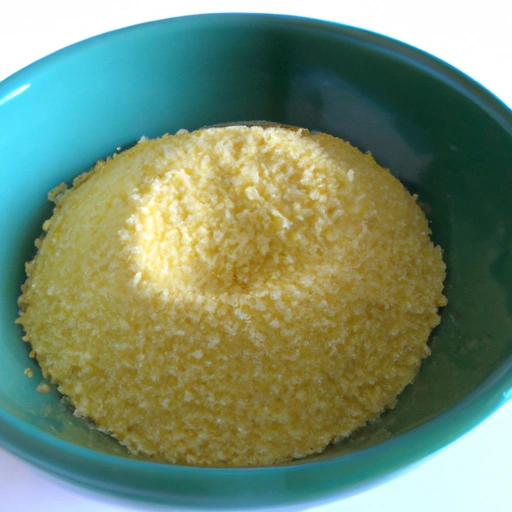Couscous
Description

Couscous is a beloved staple food commonly associated with Moroccan, Algerian, and Tunisian cuisines. It is a coarsely ground pasta made from semolina, a type of wheat flour. Couscous grains are small, light, and fluffy when cooked and are known for their ability to absorb flavors from herbs, spices, and broths. Available in pre-cooked (instant) and traditional varieties, couscous can be prepared quickly, making it a favorite for time-conscious cooks and a versatile ingredient in both savory and sweet dishes.
Common uses
Couscous is commonly used as a side dish or base for stews and sauces. It is frequently served with vegetables, meats, or fish and is often seasoned with a variety of spices, reflecting the rich culinary traditions of the regions where it is popular.
Nutritional value
Calories
One cup of cooked couscous (approximately 157 grams or 5.5 ounces) contains about 176 calories.
Protein
This same serving size provides about 6 grams of protein, making it a modest source of this essential nutrient.
Fat
Couscous contains a minimal amount of fat, with less than 0.3 grams per cup.
Carbohydrates
Carbohydrates are abundant in couscous, with about 36 grams per cup, primarily in the form of starch.
Vitamins
Fortified couscous can be a good source of B vitamins, including thiamin, niacin, and folic acid.
Minerals
It also contains minerals such as selenium, magnesium, and potassium.
Health benefits
As a whole grain, couscous can contribute to a healthy diet by providing essential nutrients and fiber. Its high selenium content offers antioxidant properties and may support heart health. The fiber can aid in digestion and promote a feeling of fullness, which may help with weight management.
Potential risks
For individuals with celiac disease or gluten sensitivity, couscous made from semolina or wheat flour is not suitable as it contains gluten. Additionally, couscous is high in carbohydrates, so it should be consumed in moderation by those managing their blood sugar levels.
Common recipes
Couscous is a staple in many dishes, such as Moroccan tagines, couscous salad, and as a side to grilled meats or vegetables.
Cooking methods
The most traditional method is steaming couscous over a stew. However, it can also be prepared by boiling in water or broth until it absorbs the liquid and fluffs up. Instant couscous requires only the addition of boiling water and a few minutes to sit covered.
Pairing with other ingredients
Couscous pairs well with a wide array of ingredients, including roasted vegetables, dried fruits, nuts, herbs, and spices like cumin, coriander, and cinnamon.
Summary
Couscous is a versatile and easy-to-prepare grain that has been enjoyed across the globe for centuries. With its light texture and ability to complement a variety of ingredients, it is a staple in many cultural dishes. Whether served as a side or a main component of a meal, couscous offers both nutritional benefits and culinary diversity.